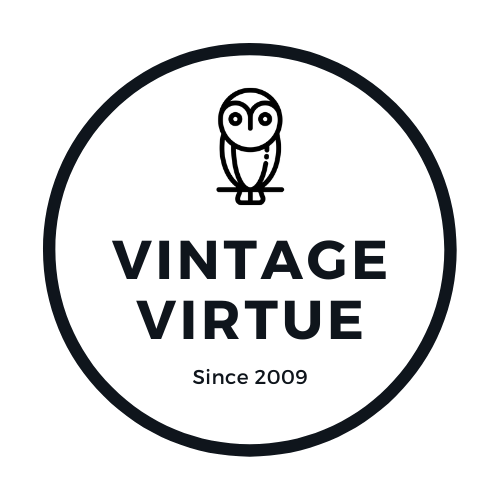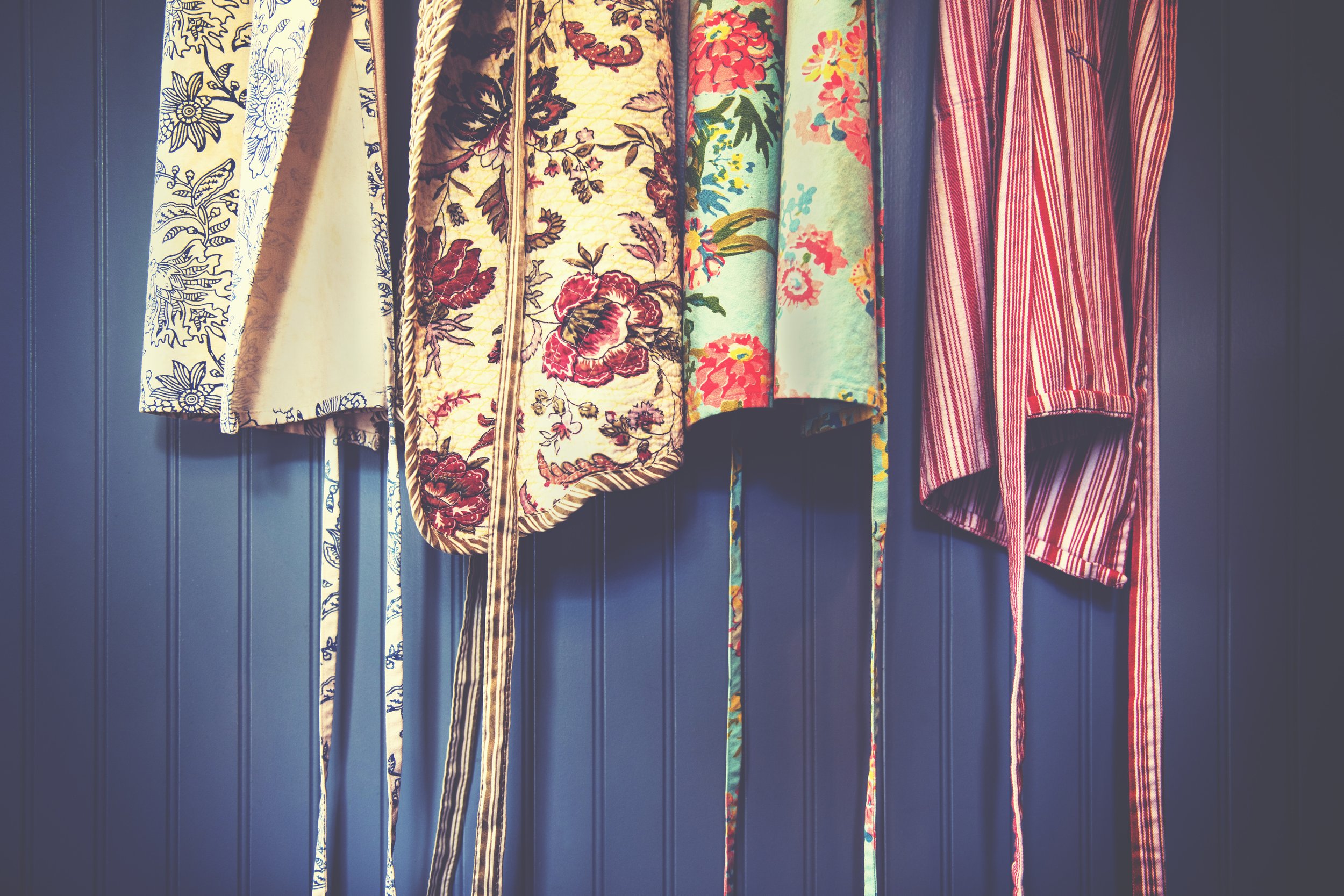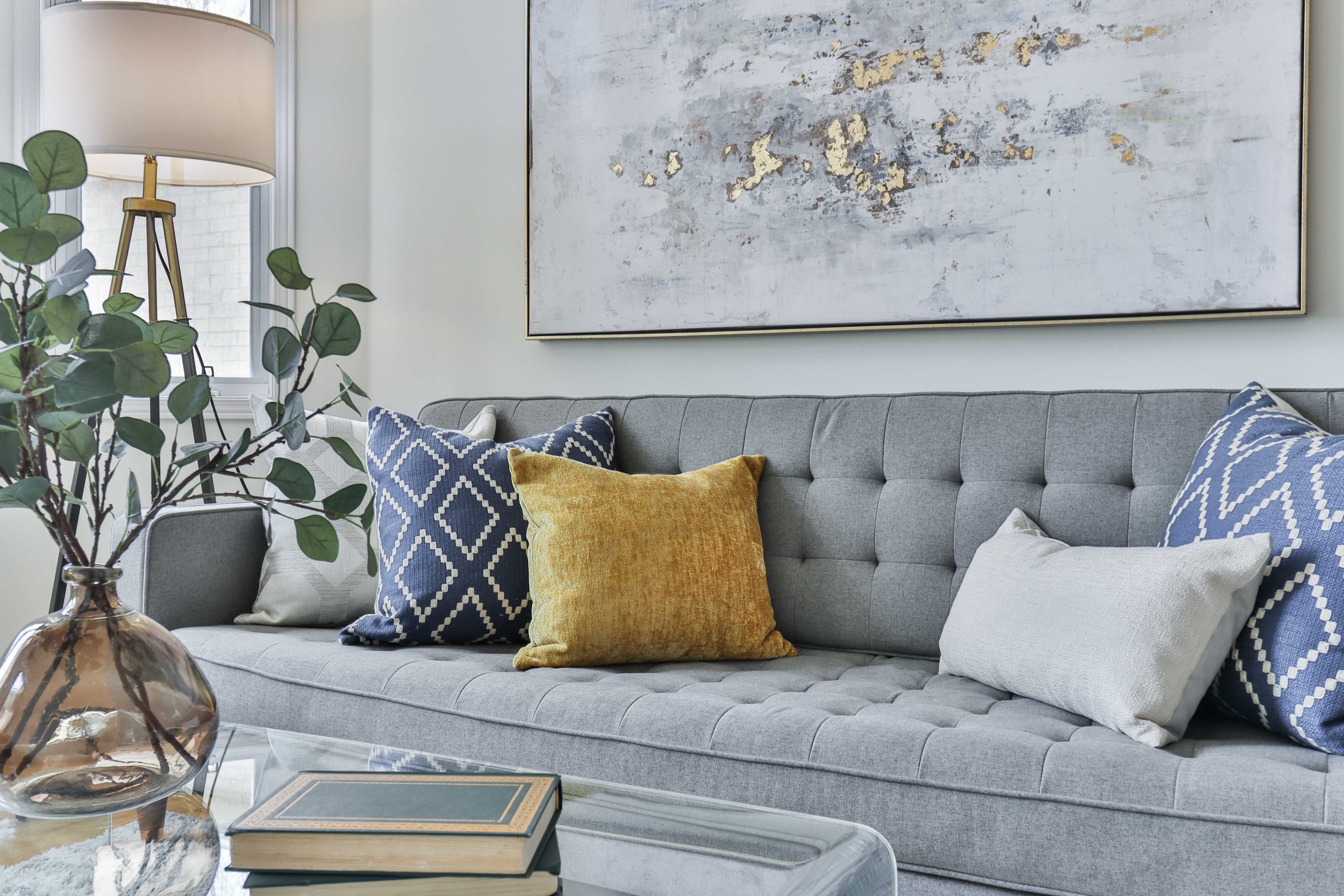Sustainable Style: Upcycle Vintage Textiles into Stylish Home Decor Accents
Join us as we unravel the secrets of repurposing vintage textiles, discover the beauty in imperfections, and embrace the eco-conscious trend of sustainable decorating. Whether you're a seasoned DIY enthusiast or a novice looking to infuse your home with character and history, this guide will inspire you to roll up your sleeves, pick up the scissors and sewing needles, and transform vintage fabrics into chic home accents that tell your story.
In this blog post, we'll embark on a transformation journey, exploring the art of giving vintage textiles a second life as unique and elegant home decor. From antique linens and retro fabrics to vintage clothing and forgotten tapestries, we'll delve into the myriad ways you can reimagine these treasures into pieces that seamlessly blend the old and the new.
Why Repurpose Vintage Textiles?
In an era where environmental consciousness is paramount, the significance of sustainability in home decor cannot be overstated. Repurposing vintage textiles aligns perfectly with this ethos. In the world of home decor, repurposing vintage materials is a sustainable practice and a journey that unveils the beauty of history and empowers you to create decor items that resonate with your individuality. It's a celebration of the past, an embrace of the present, and a step toward a more sustainable and stylish future.
Eco-Friendly Practices: The textile industry is notorious for its environmental impact, from water usage to chemical dyes. By repurposing vintage textiles, we reduce the demand for new materials, minimizing the industry's carbon footprint.
Waste Reduction: Textile waste is a growing concern globally. By repurposing, we divert textiles from landfills, extending their lifespan and reducing waste.
Conservation of Resources: Crafting home decor items from vintage textiles conserves the resources used to produce new fabrics, preserving our planet's finite resources.
Unique and Sustainable Design: Sustainable decor is environmentally conscious and stylish. Repurposed vintage textiles offer a unique and often more meaningful aesthetic than mass-produced items.
Personal Connection: Creating sustainable decor fosters a connection with your living spaces. You'll deeply appreciate your crafted items, knowing they're part of an eco-conscious journey.
Photo by Tim Mossholder on Unsplash
Finding and Selecting Vintage Textiles
Remember that repurposing vintage textiles not only adds character to your home decor but also honors the craftsmanship and history of these fabrics. Approach your projects with creativity and an appreciation for the stories woven into each textile, and you'll create one-of-a-kind pieces that bridge the past and present in your living spaces.
Where to Find Vintage Textiles
Thrift Stores and Charity Shops: Thrift stores are treasure troves for vintage textiles. Look for old curtains, tablecloths, bedding, and clothing. Don't forget to explore the linens and fabric sections.
Flea Markets and Antique Fairs: Flea markets and antique fairs often feature vintage textiles. These events can yield unique finds, from embroidered handkerchiefs to antique quilts.
Estate Sales and Auctions: Estate sales are excellent sources for vintage textiles, including linens, bedding, and drapes. Keep an eye out for local estate sales listings in your area.
Online Marketplaces: Online platforms like eBay, Etsy, and Ruby Lane have vast selections of vintage textiles. You can search for specific eras, styles, or types of textiles from the comfort of your home.
Vintage Clothing Stores: Vintage clothing shops may have a selection of vintage textiles, especially in clothing or accessories like scarves and shawls.
Textile and Quilt Shows: Attend textile and quilt shows or exhibitions, where you can find an array of vintage fabrics, quilts, and handmade textiles.
Friends and Family: Ask people in your life if they have vintage textiles tucked away in their closets or attics. You might discover hidden treasures within your circle.
What to Look for When Selecting Vintage Textiles
Quality: Examine the quality of the fabric. Look for natural materials like cotton, linen, silk, or wool, which age better. Check for signs of wear, holes, or stains.
Condition: Assess the overall condition of the textile. Minor imperfections can add character, but extensive damage may be challenging to repair. Ensure that any flaws are manageable or part of your planned repurposing project.
Patterns and Colors: Vintage textiles often feature unique patterns and colors from their era. Consider how these patterns and colors will complement your decor or crafting project.
Texture: The texture of the fabric can influence its suitability for specific uses. For instance, a coarse, durable fabric may work well for upholstery or rugs, while a delicate silk may be ideal for decorative accents.
Size and Dimensions: Measure the dimensions of the textile to ensure it fits your intended project. Be mindful of any seams or existing seams when planning your repurposing.
Versatility and Potential of Different Types of Textiles:
Quilts: Vintage quilts can be repurposed into throw blankets, pillow covers, or wall hangings. The unique patchwork designs make them versatile and visually appealing.
Linens: Vintage tablecloths, napkins, and tea towels can become curtains, cushion covers, or kitchen decor. Their patterns and durability make them suitable for various projects.
Curtains and Drapes: Vintage curtains can be repurposed into pillowcases, clothing, or tote bags. The substantial fabric and often bold patterns are excellent for statement pieces.
Clothing: Vintage clothing can be deconstructed into new garments or accessories. Dresses can become skirts, shirts can become blouses, and jackets can be repurposed into vests.
Embroidered Textiles: Vintage textiles with intricate embroidery can be framed as wall art, transformed into pillow covers, or used as accents on other projects.
Scarves and Shawls: These smaller textiles can be turned into decorative cushion covers, unique wall art, or even fashionable accessories like headbands or scarves.
Photo by Sidekix Media on Unsplash
Ideas for Repurposing Vintage Textiles
Upcycling vintage linens into throw pillows, table runners, or napkins is one creative and sustainable way to breathe new life into these cherished fabrics.
Here's a step-by-step guide to help you get started:
Materials You'll Need:
Vintage Linens: Gather vintage linens, such as old tablecloths, bed linens, or embroidered fabrics. Ensure they are clean and in good condition.
Measuring Tape and Ruler: You'll need these tools to measure and cut the fabric to your desired dimensions.
Scissors: Sharp fabric scissors are essential for precise cutting.
Sewing Machine (Optional): While hand sewing is an option, a sewing machine will make the process faster and more efficient.
Needle and Thread: If you plan to do any hand sewing, have a selection of sewing needles and matching thread on hand.
Pins: Straight pins help secure fabric layers before sewing.
Pillow Inserts (for throw pillows): Ensure you have pillow inserts of the appropriate size for your throw pillows.
Steps to Upcycle Vintage Linens:
1. Wash and Prepare:
Start by washing the vintage linens following the care instructions on the labels, if available. This will clean the fabric and help remove any musty odors.
Iron the linens to smooth out wrinkles and create a flat, even surface for cutting and sewing.
2. Measure and Cut:
Decide on the dimensions for your throw pillows, table runners, or napkins. Measure and mark the fabric accordingly using measuring tape and a ruler.
Add an extra 1/4 to 5/8 inch to your measurements for seam allowances.
3. Cut the Fabric:
Using sharp fabric scissors, carefully cut the fabric along the marked lines. Cut two identical pieces for the front and back of each pillow for throw pillows.
4. Sewing the Edges (Optional):
If you want a finished edge, fold over the fabric about a quarter inch and iron it to create a clean edge. Then, fold it again and iron again to secure the fold.
Use a sewing machine or hand-sew along the folded edge to create a neat hem.
5. Assembling Throw Pillows:
Place the two fabric pieces for the pillow with their right sides facing each other (the patterned sides). Pin the edges together, leaving one side partially open for inserting the pillow insert.
If using a sewing machine, sew along the pinned edges, leaving a small opening for inserting the pillow insert. If hand sewing, use a straight stitch.
Turn the pillowcase right side out, insert the pillow, and hand-sew the opening closed. Or you can opt for a button or zipper closure.
6. Adding Decorative Elements (Optional):
To enhance the aesthetics of your upcycled items, consider adding decorative elements such as buttons, lace trim, or embroidery. These can be hand-stitched onto the fabric.
7. Creating Table Runners or Napkins:
For table runners or napkins, hem the edges as mentioned above. Table runners can be made as long or short as you desire, while napkins are usually square or rectangular.
8. Final Touches:
Iron the finished items again to ensure they lay flat and polished.
9. Decorating and Enjoying:
Place your upcycled throw pillows on sofas or chairs, lay the table runner on your dining table, or use the napkins for a special meal. These repurposed vintage linens will add a touch of history and charm to your decor.
Additional Ideas to Upcycle Vintage Fabrics
Transform old quilts or blankets into cozy wall hangings or bedspreads.
Create unique artwork by framing vintage fabrics or embroideries.
Make curtains or room dividers using vintage drapes or curtains.
Use vintage textiles to reupholster furniture or add accents to existing furniture pieces.
Showcasing Repurposed Vintage Textile Decor
With their history and charm, vintage textiles can be like puzzle pieces that fit seamlessly into various interior styles. Whether you're going for a cozy bohemian vibe, rustic farmhouse comfort, eclectic individuality, or a minimalist's simplicity, vintage textiles offer a wealth of possibilities to enhance your decor.
Bohemian Style:
Layered Textures: Bohemian decor thrives on texture, and vintage textiles provide many options. Think Moroccan rugs, embroidered cushions, and colorful throws. These textiles can be layered to create a cozy and eclectic boho look.
Rich Colors: Vintage textiles often feature rich, vibrant colors and intricate patterns, characteristic of bohemian design. These textiles can serve as statement pieces, like wall hangings or floor coverings, to infuse a space with boho charm.
Mix and Match: Bohemian style encourages the mixing and matching patterns, colors, and textures. Vintage textiles offer an ideal opportunity to embrace this free-spirited approach. Combine different designs and styles to create a personalized, bohemian oasis.
Farmhouse Style:
Rustic Elegance: Vintage linens, such as aged tablecloths and embroidered napkins, align beautifully with the rustic elegance of farmhouse decor. These textiles can soften the farmhouse aesthetic, making it more inviting and homier.
Neutral Tones: Farmhouse decor often features neutral color palettes. Vintage textiles with soft, muted hues and natural fibers complement this style. Consider using vintage grain sacks as throw pillow covers or table runners.
Country Comfort: Vintage textiles evoke a sense of nostalgia and country charm, which is at the heart of farmhouse design. Plaid blankets, gingham fabrics, and patchwork quilts can all contribute to the cozy farmhouse feel.
Eclectic Style:
Unique Accents: Eclectic design thrives on individuality and the unexpected. Vintage textiles can serve as striking, one-of-a-kind accents in an eclectic space. Consider using vintage rugs as wall art, repurposed embroidered fabrics as upholstery, or a mix of retro cushions.
Textile Art: Eclectic interiors often incorporate textile art into their decor. Vintage textiles can be framed or hung as wall art, showcasing their unique patterns and textures.
Global Flair: Eclectic decor often incorporates elements from different cultures and eras. Vintage textiles from various regions can add an international flair to your eclectic space. Moroccan rugs, Indian block prints, or Chinese silk fabrics can all find a place in this style.
Minimalist Style:
Subtle Accents: In minimalist design, less is more. Vintage textiles can be used sparingly as subtle accents to add warmth and character to a minimalist space. Consider using a single vintage throw blanket on a sleek, modern sofa or as a bedspread in a minimalist bedroom.
Neutral Foundations: Vintage textiles in neutral colors or soft pastels can complement a minimalist color palette. They can soften the starkness of minimalist interiors while maintaining a clean and uncluttered look.
Quality Over Quantity: Minimalist design often values quality and craftsmanship. Vintage textiles can align with this ethos with their attention to detail and traditional craftsmanship.
So, whether you're a seasoned DIY enthusiast or someone new to the world of upcycling, remember that vintage textiles offer an opportunity to connect with the past, express your creativity, and make your living spaces unique. Each piece you craft is a testament to your style, values, and commitment to a more sustainable and beautiful home.
As you embark on your upcycling projects with vintage textiles, may you find inspiration in the stories they carry and joy in the transformations they bring. Happy crafting, and may your home be adorned with the beauty of history and the artistry of the present!







